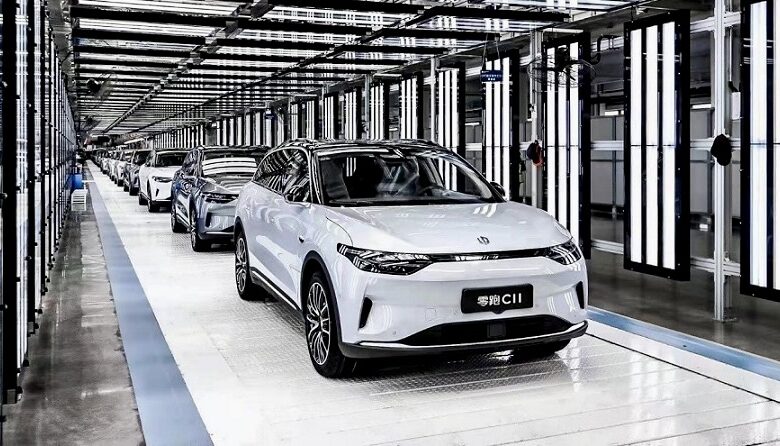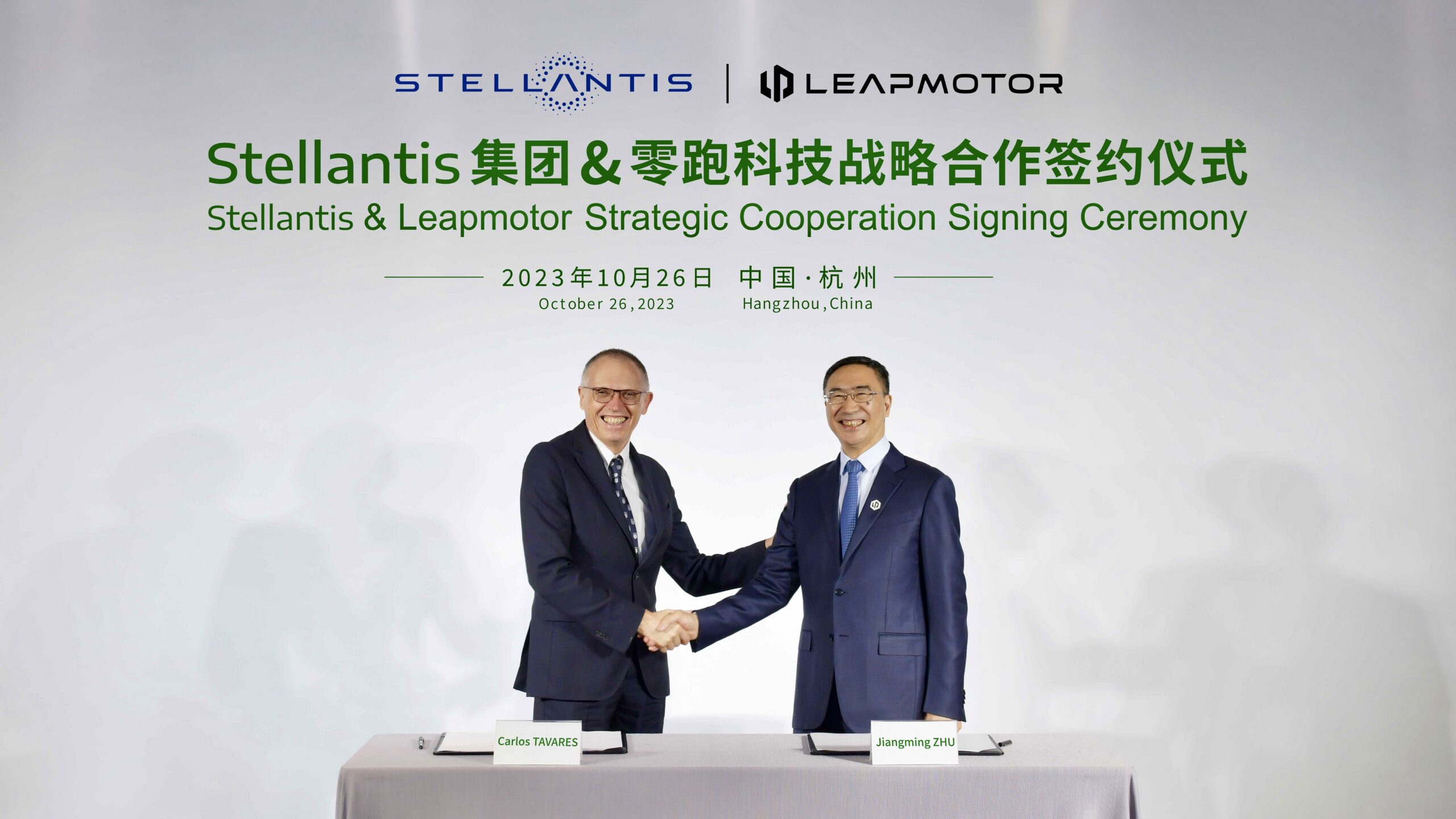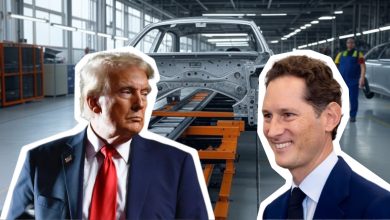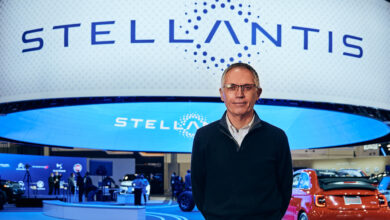Stellantis Is Considering Building Chinese EVs In Italy
Could Stellantis Build Leapmotor EVs at the Mirafiori Complex?

Stellantis is contemplating the production of up to 150,000 low-cost Chinese-designed electric vehicles (EVs) at its Mirafiori complex in Turin, Italy. This development is part of the collaboration with the Chinese automaker Leapmotor, following Stellantis’ acquisition of a 21% stake in Leapmotor through a $1.6 billion deal last year.

The joint venture, with Stellantis holding a 51% stake, grants the European automaker exclusive rights to manufacture Leapmotor’s EVs outside China. Stellantis CEO Carlos Tavares previously indicated that Leapmotor’s cars could make their way to Europe within two years of the partnership.
Production of Leapmotor’s EVs at the Mirafiori facility is anticipated to commence around 2026 or 2027, according to sources familiar with the matter. Tavares emphasized that the decision to manufacture these cars in Italy depends on two things. He stated, “It only depends on our cost competitiveness and our quality competitiveness. So it’s open for us to grasp that opportunity at one point in time.”
Stellantis already produces various models at Mirafiori, including the all-electric 500e and several Maserati vehicles such as the Ghibli, Quattroporte, Levante, and the new GranTurismo. The plant has recently slowed production there, due to a sales decrease for its 500e city car and its luxurious Maserati lineup.

This potential production shift aligns with Stellantis’ goal, established in collaboration with the Italian government, to increase the group’s output in Italy to one million vehicles by the end of the decade, up from 750,000 vehicles in the previous year. The achievement of this target hinges on factors like government incentives for auto purchases, the development of an electric charging infrastructure, and reduced energy costs.
In recent weeks, Italian Prime Minister Giorgia Meloni said she was bemused by criticism from Stellantis, that Tavares said Italy was not offering enough incentives for EVs. “The head of a major company must know that government subsidies cannot be tailored for a specific company,” Meloni told reporters during a trip to Japan, adding that she thought the comments attributed to Tavares were “quite bizarre.”
Tavares told reporters in January that insufficient Italian incentives had led to several months of reduced automotive production in Italy, and repeated his criticism in an interview with Bloomberg, earlier this month.

For the past month, many Italian public figures and officials have been calling out Tavares and Stellantis President, John Elkann, about the automaker’s move to produce a majority of the Fiat brand’s vehicles outside of Italy. Stellantis recently launched its new 600e B-segment subcompact crossover and has launched a heavy marketing campaign citing its Italian heritage, despite being produced in Poland.
Prime Minister Meloni criticized Stellantis, saying, “If you want to sell a car… advertising it as an Italian jewel, that car must be Made-In-Italy.” Carlo Calenda, an Italian business executive and politician, added fuel to the fire by pointing out Stellantis’ actions since the death of Sergio Marchionne. Calenda criticized Elkann for selling businesses, such as Magneti Marelli, to foreign entities, as well as stated, “The said reality is that today that group produces 30% less in Italy than in the Marchionne era. And the new models, passed off as Made-In-Italy, are Made-In-Serbia.”
It will be interesting to see how the Italian government reacts if Stellantis plans to manufacture Chinese-designed EVs in the market and continue to produce its own Italian marque vehicles outside the country.
Source: Reuters






4 replies
Loading new replies...
Join the full discussion at the Mopar Insiders Forum →